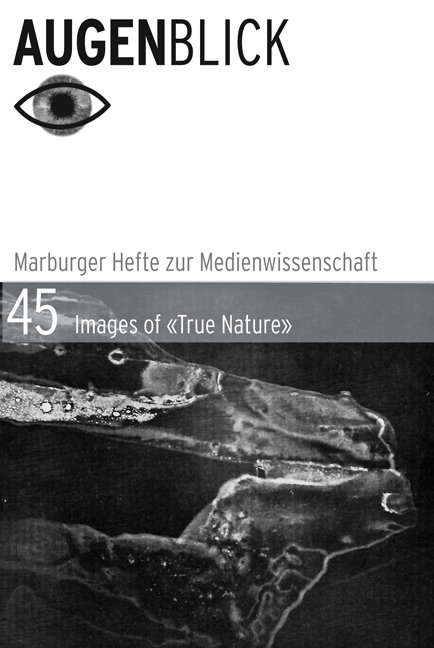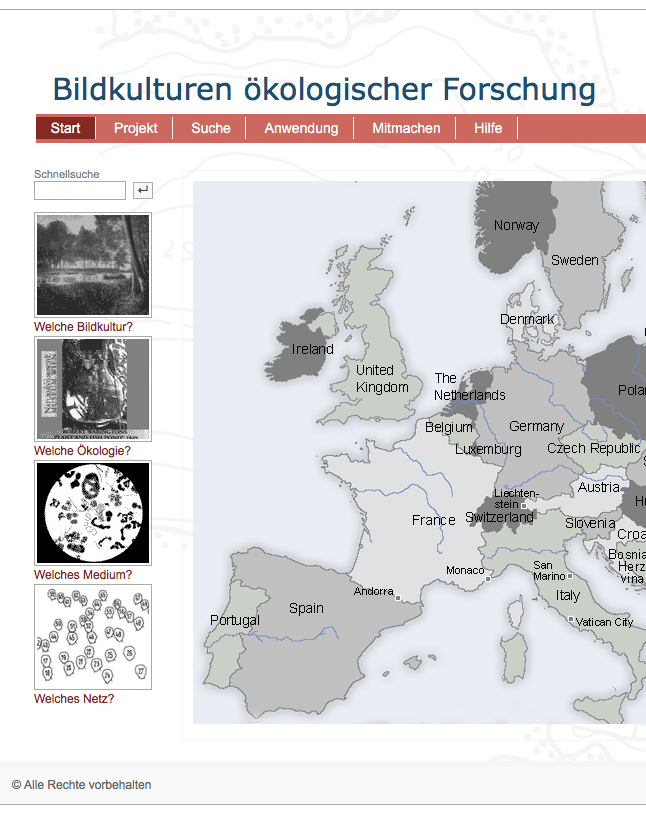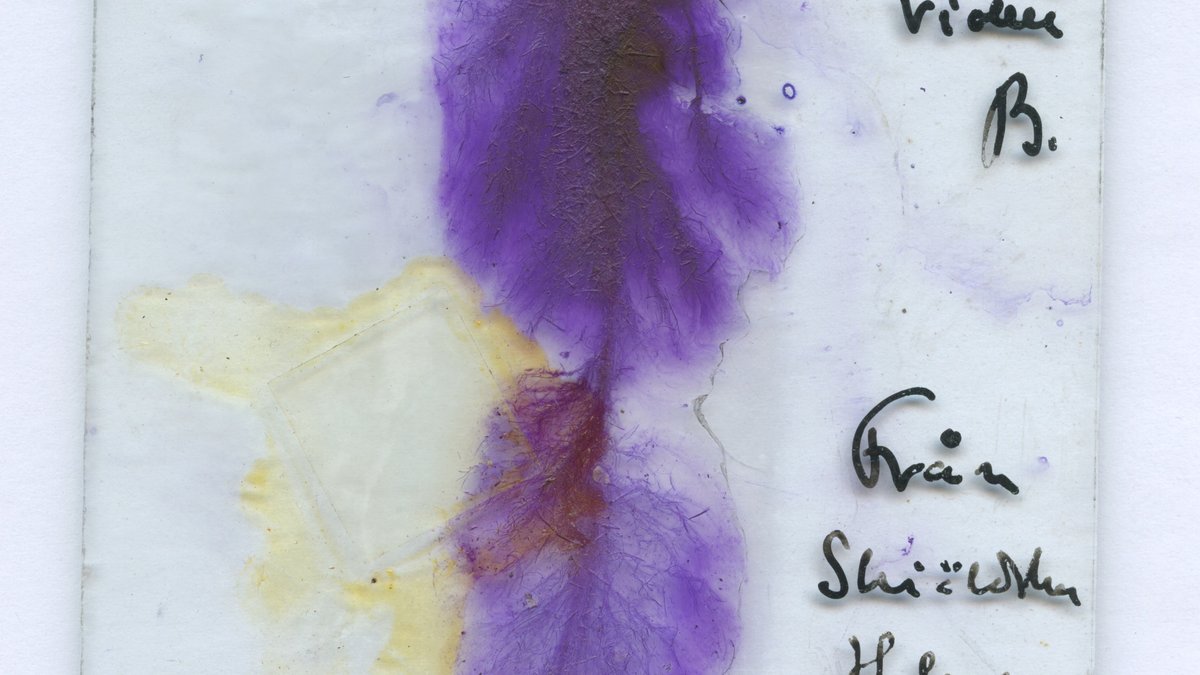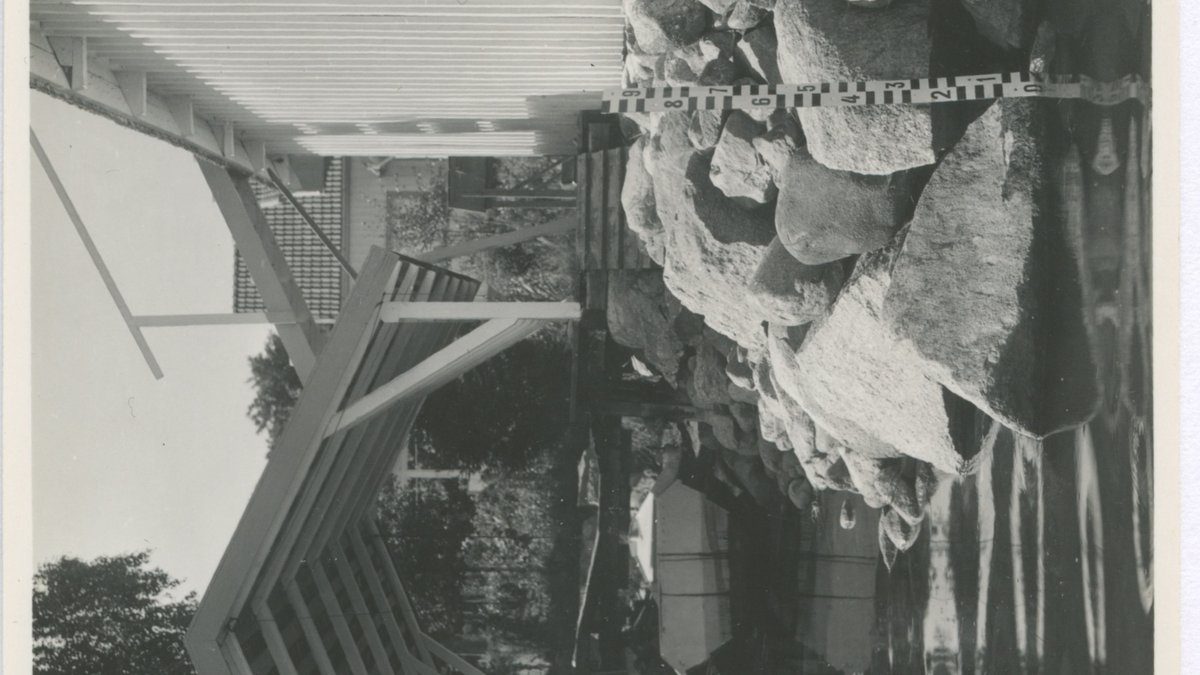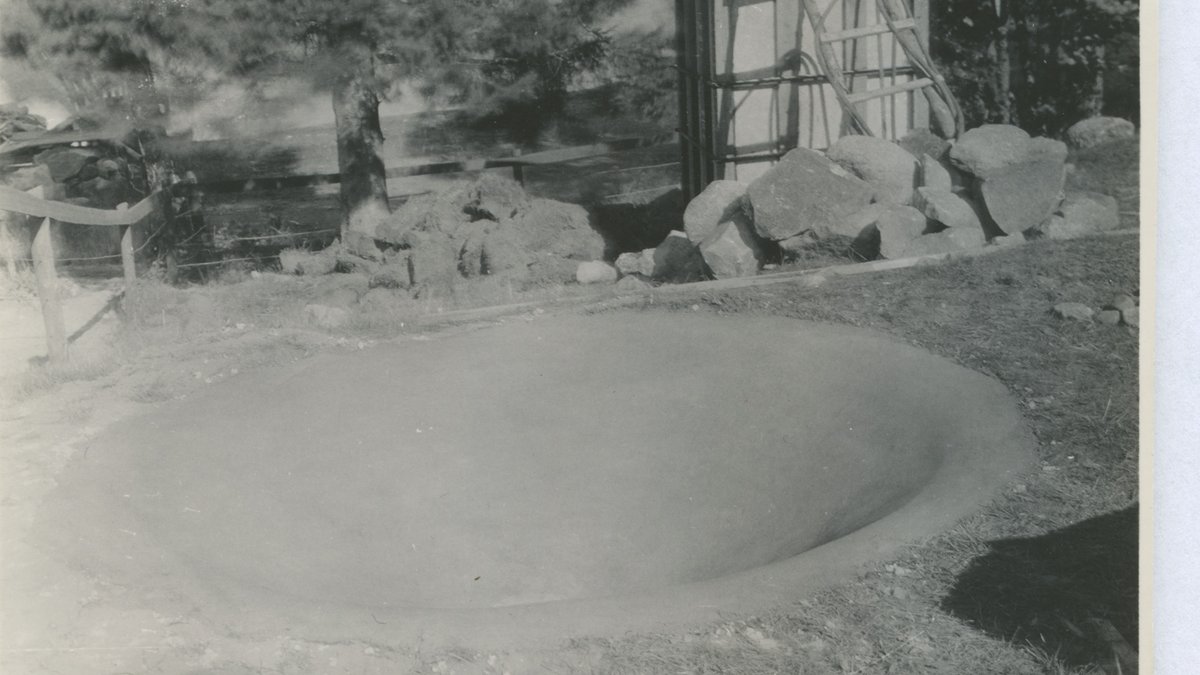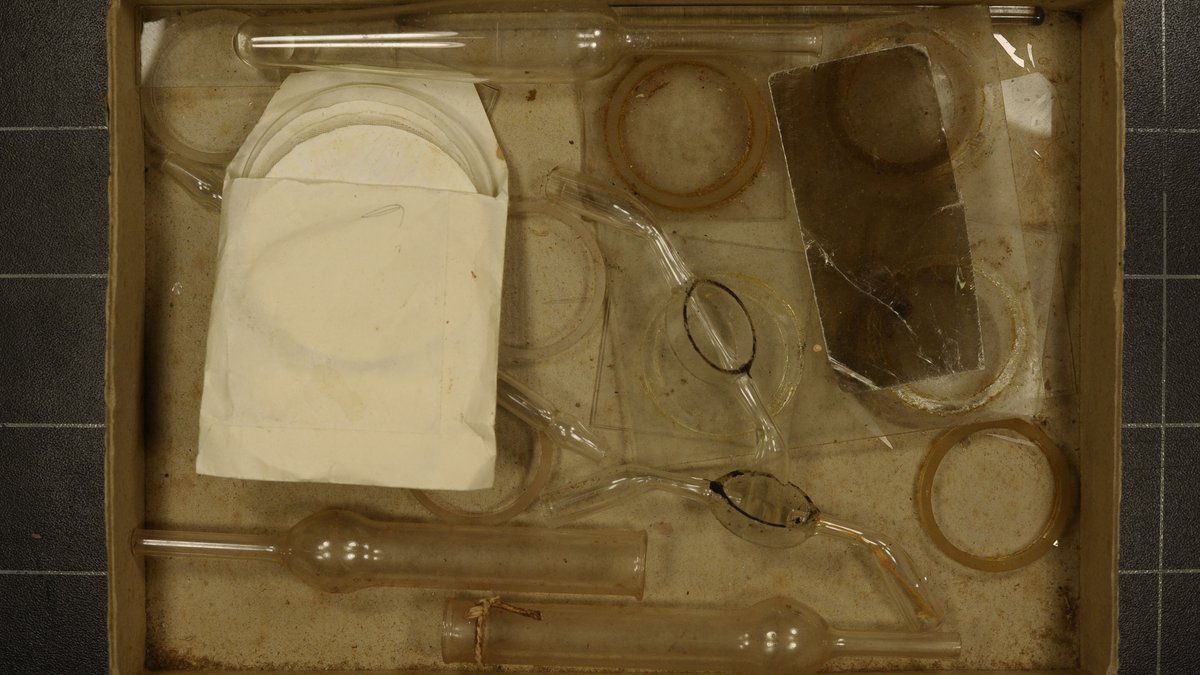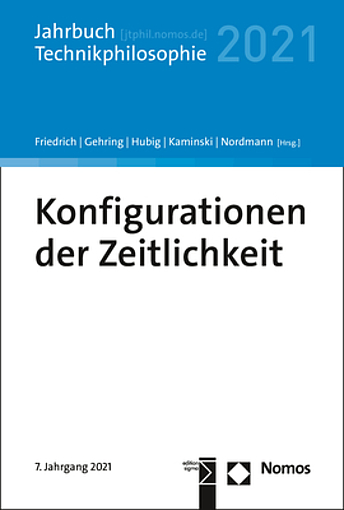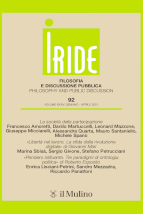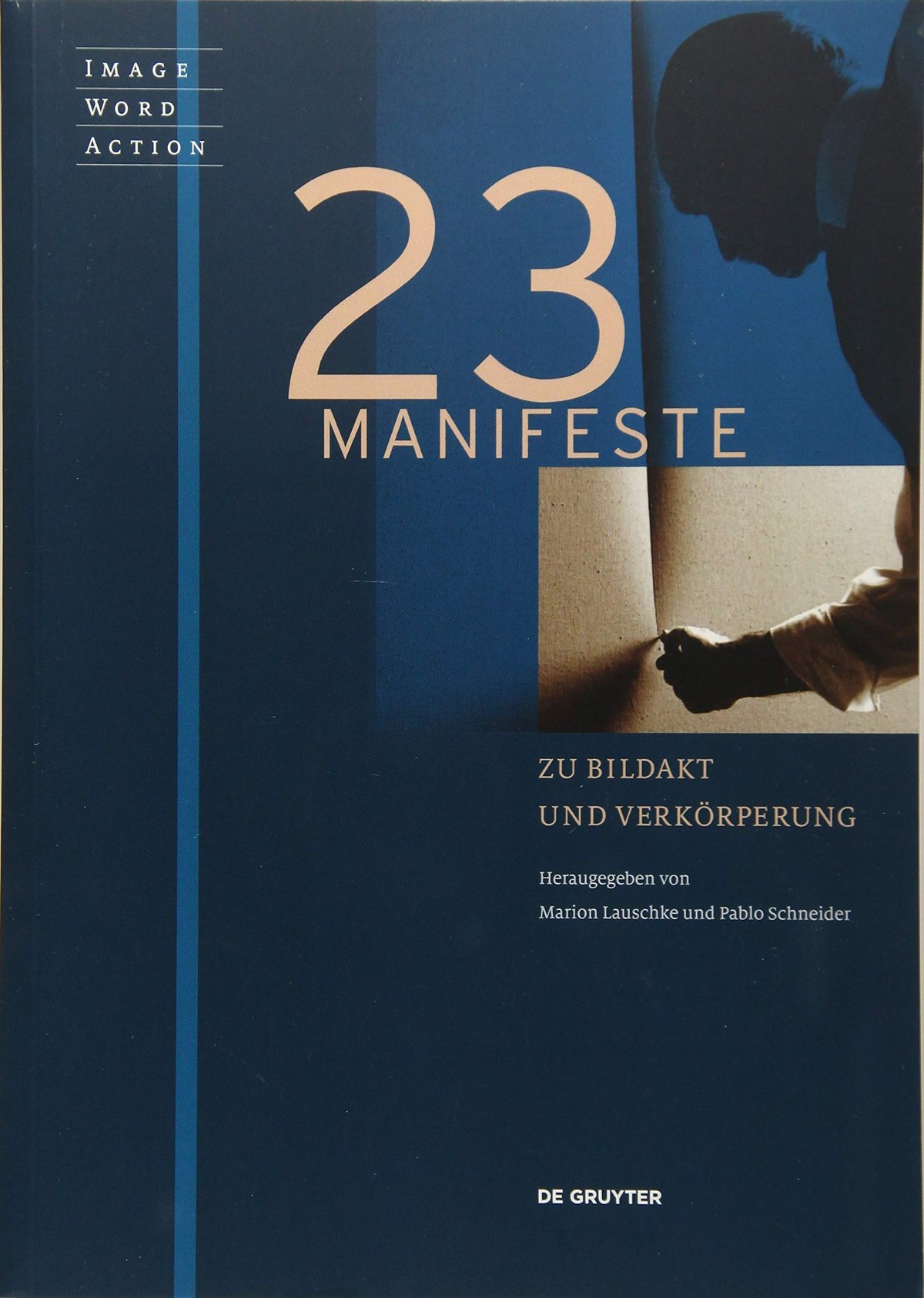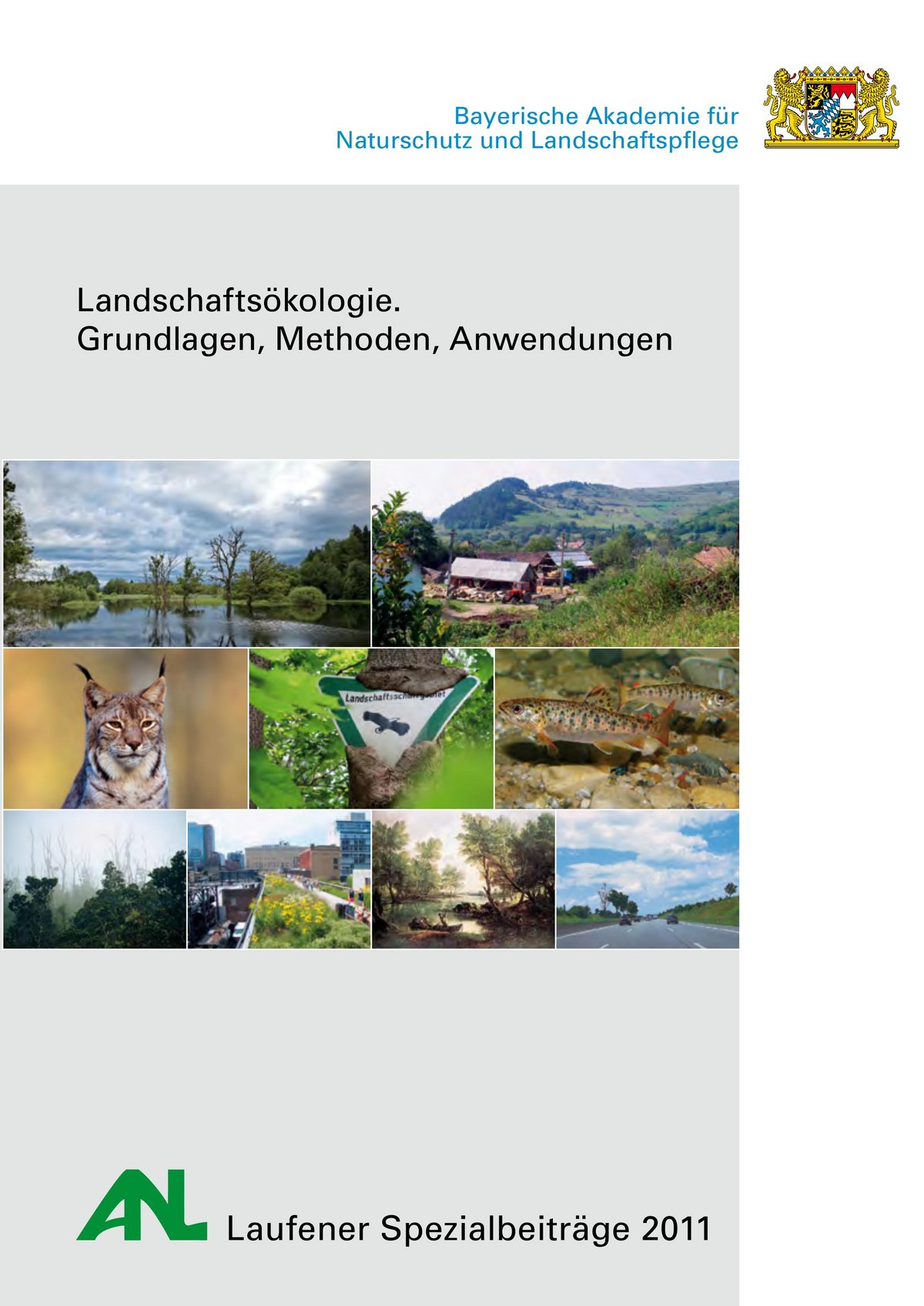Visual Cultures of Ecological Research
This project focuses on visualisation strategies of ecological research and transformations of pictures as they move between science and society. Visual figures are generated and defended depending on their historical, cultural or methodological context. These figures represent metaphysical perceptions and epistemic models. They differ in technique, strategy and presentation. We believe that ecological research may be deemed a mapping matrix for conceptions of nature. The same phenomenon exists in different scientific, national, philosophical, and geographic cultures. The extent to which a piece of nature is considered capitalisable, unreliable, dangerous, contemplative, or worthy of protection depends on its cultural environment and our scientific society.
We consider this unconventional pairing of scientific research and media studies to offer important and innovative insight into the poitics of nature. Viewed from a media-scientific perspective, the use of photography and film is interesting in two respects: One, both methods have a critical impact on the progression of practices and theories; two, plenty of new media techniques have developed historically a a result of certain scientific methods. Image transfers also play a central role in the popularisation and mass circulation of ecological knowledge. With this project, we want to analyse the genesis, technical production, and epistemological status of images – being as they are a direct extension of scientific and philosophical problems.
The aim of the project is to map visual cultures of ecological research. This literally means connecting geographical data with images. These images may be sketches or charts, but mostly they are photographs of research objects, locations, people, or institutions. The web-based information system prototype arising from this cataloguing should be used as a heuristic instrument. Issues are hereby developed and confronted from the viewpoint of epistemology and media science.
We digitize the collected data and index it in a database. High-quality search and compilation functions develop from the cooperation of all project partners. This creates the basis for further research activities. Towards this end, innovative web and mapping technologies are employed.
This project has been supervised by Astrid Schwarz (TU Darmstadt) and Angela Krewani (University of Marburg). The construction of the website and database has been realised by Jutta Weisel, Stefan Aumann, and Johanna Bolkart.
The project has been sponsored by the Hessisches Ministerium für Wissenschaft und Kunst, Landesinitiative hessen-media, Kapitel 07 05 – Förderprodukt 24, 2008/09.
Visual Arguments as Scientific Currency
This research project analyses the conditions of establishing visual arguments in ecology. Scientific figures are not just representations of experiments (as in physics or chemistry) or an observation (as in astronomy or botany). Instead, scientific figures are significant to the whole process of scientific knowledge production. This extends both to traditional sciences (e.g. astronomy) and to the newer sciences, also known as ‘emerging technologies’. Over the past few years, imaging methods in the technosciences have been studied more intensively.
It is becoming clear that visualisation technology in research processes can be used effectively from the beginning of research, e.g. in order to identify patterns or reduce data complexity. The study centers on the work of biologist Einar Naumann, who established the microphoto as an epistemic figure in the experimental context of aquatic ecology, was one such pioneer of microphotography in the beginning of the 20th century.
Funded by BTU Cottbus-Senftenberg for project application.
Konfigurationen der Zeitlichkeit. Jahrbuch Technikphilosophie 2021
Schwarz, Astrid. 2021. „Corona und Körperumwelten – Ökotechnologische Erkundungen“.
In: Konfigurationen der Zeitlichkeit. Jahrbuch Technikphilosophie (JTPhil) 7: 333-338,
edited by Alexander Friedrich, Petra Gehring, Christoph Hubig, Andreas Kaminski and Alfred Nordmann.
Nomos.
Iride
Schwarz, Astrid. 2021. „Framed Landscapes – or – Without a Frame there is no Landscape“.
In: Iride, Filosofia e discussione pubblica 1/2021: 29-49.
Società editrice il Mulino.
Find this publication in the German Union Catalogue of Serials (ZDB)
(obtainable on interlibrary loan via KOBV order option)
23 Manifeste zu Bildakt und Verkörperung
von Xylander, Cheryce. 2018. ‘Gemüt’
In: 23 Manifeste zu Bildakt und Verkörperung, Series: ‘Image Word Action’, edited by Marion Lauschke and Pablo Schneider, 77-88.
Berlin et al.: De Gruyter.
Ikonische Ökologie
Schwarz, Astrid. 2011. „Ikonische Ökologie“
In: Laufener Spezialbeiträge 2011. Landschaftsökologie. Grundlagen, Methoden, Anwendungen, 95-101,
published by The Bavarian Academy for Nature Conservation and Landscape Management (ANL).
Images of “True Nature”
Krewani, Angela and Schwarz, Astrid. 2010. ‘Images of “True Nature”: An Introduction’ and
Schwarz, Astrid. 2010. ‘Rising above the Horizon: Visual and Conceptual Modulation of Space and Place’
AugenBlick. Marburger Hefte zur Medienwissenschaft 45: 4-8, 36-61.
